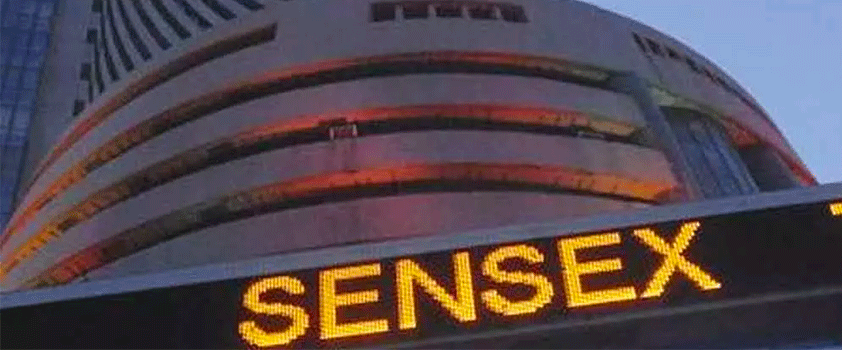Sensex: Benchmark index of the BSE
The Sensex that is also abbreviated to The Sensitivity Index, is the standard index of the stock market in the Bombay Stock Exchange (BSE) in India. In 1986 it was among the oldest and most popular indexes on the Indian market for financial instruments. It is the Sensex is a gauge in the overall health and efficiency of the Indian equity market and consequently, it is a gauge of the overall condition of the Indian economy.
It consists of thirty of the largest trading, active, and financially sound businesses, which are listed on the BSE The Sensex is a representation of the various sectors that comprise an Indian economy. These companies are selected according to various criteria, including the liquidity of their businesses, capitalization, and revenue, and the representation of various sectors. The index is market capitalization-weighted and float-adjusted, which means companies with larger free-float market values have a greater impact on the index’s movements. Free-float is the term used to define the quantity of shares that are offered to investors by the general public, but not including shares owned by promoters, as well as other investors who are locked into the company.
When is Sensex Analyzed?
The Sensex is analyzed every two years between June and December to ensure it’s an accurate and up-to-date depiction of the current state of the market. The businesses are added or removed according to how they perform, what market they belong to, and their compliance with the criteria for selection. This ensures that the index continues to represent the most influential businesses in the changing Indian economy.
The index is controlled and administered through Standard and Poor’s (S&P), working in conjunction with BSE. It is known under the designation of S&P BSE Sensex. As a reliable and established economic indicator, the Sensex is frequently watched by international and domestic analysts, investors, and decision makers. Its movements reflect market sentiment and confidence in investors, and are often utilized to evaluate what’s going on with the Indian economy.
Role of Sensex
The Sensex plays an important role in the analysis of investments in portfolio management, as well as economy forecasts. A increasing Sensex generally indicates increasing confidence in investors, economic growth and a booming corporate profit and earnings growth, whereas a decline in Sensex could be a sign of a slowdown in the economy as well as investor uncertainty or global financial pressure.
As well as being an investment benchmark in addition, the Sensex aids in tracking the performance of various segments in the Indian economy. Because the companies that make up the Sensex are from diverse industries – such as information technology, banking as well as pharmaceuticals and energy. The index provides insight into the strength or weakness of certain industries.
In general, the Sensex is an essential financial instrument used in the capital markets of India. It functions as a mirror of economic activity, as a reference to making investment decisions, and is a reliable gauge of market trends for retail and institutional investors.
Get in touch with us
For any query/ personal assistance feel free to reach out at support@Altiusinvestech.com or call us at +91-8240614850.
To know, more about Unlisted Company. Contact Us.
You can also checkout the list of Best 5 Unlisted Shares to Buy in India
For Direct Trading, Contact Us.
To know more about How to apply for an IPO? Contact Us.
Read More

